Proving that it’s not just for fun in the sun, Cascais created a cluster of museums which it labeled “Museum Quarter.” The city wants to also be a year-round cultural destination, so, as an incentive for visitors to see more than the beaches, it offers a ticket allowing admission to more than one museum. The institutions that are part of the Museum Quarter are:
Museu Condes de Castro Guimarães
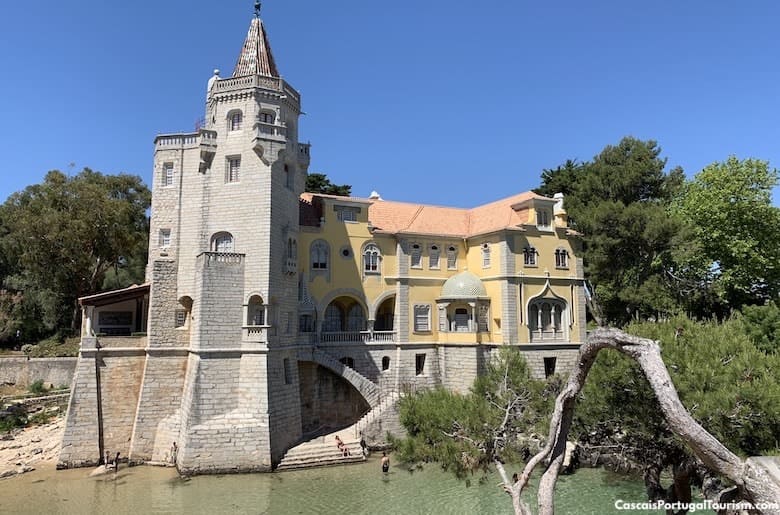
It’s the city’s must-see museum, as much for what it holds inside as for its exterior, which resembles a fairytale castle.
To know more about it, see the Museu Condes de Castro Guimarães Museum guide.
Casa das Histórias Paula Rego
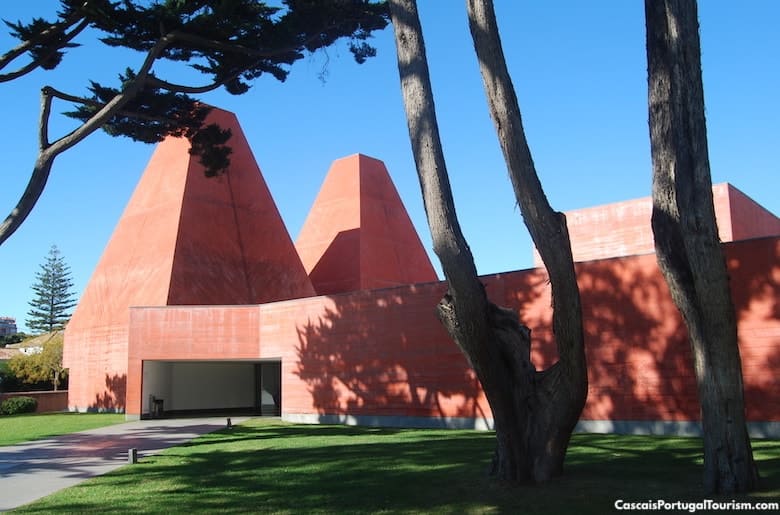
A striking contemporary building by a Pritzker Prize architect was purposely built to show the art of one of Portugal’s greatest 20th-century artists, Paulo Rego. It also hosts temporary exhibitions of other artists, making it the place to see contemporary art in Cascais.
For more details, see the Paula Rego Museum guide.
Farol Museu de Santa Marta
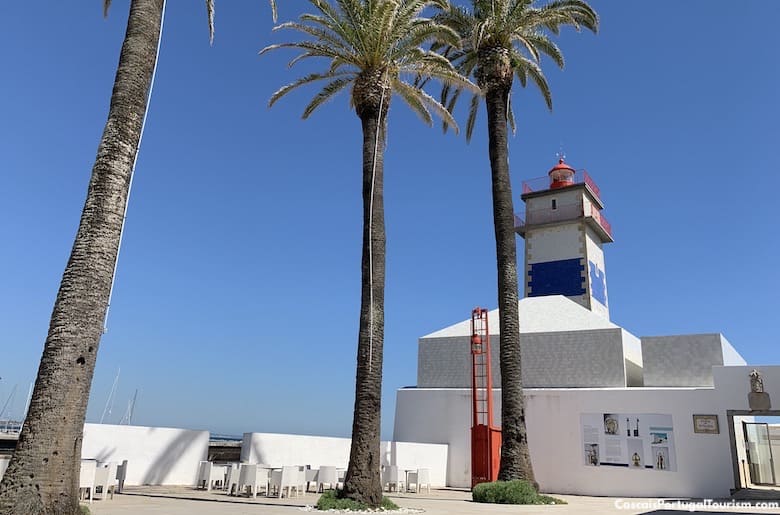
A lighthouse from 1868 has been converted into a museum displaying the tools and equipment that make lighthouses work. It also presents the history of every lighthouse found down the Portuguese coast, while from the top there’s a bird’s-eye view of Cascais and the Atlantic.
Check out that view and more details about the museum on the Farol de Santa Marta guide.
Casa de Santa Maria
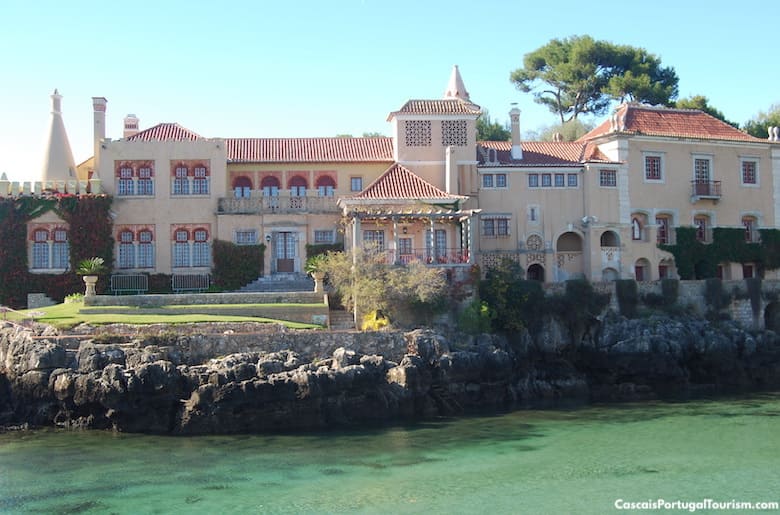
One of the first projects of leading early-20th-century architect Raul Lino, this house was built in 1902 for an aristocrat of Irish descent, Jorge O’Neill. It was a private residence for exactly a century, but was acquired by the local government, which has opened it to the public. The highlight of the interior is its beautifully-tiled staircase.
To know more about it, see the Casa de Santa Maria guide.
Museu do Mar (Museum of the Sea)
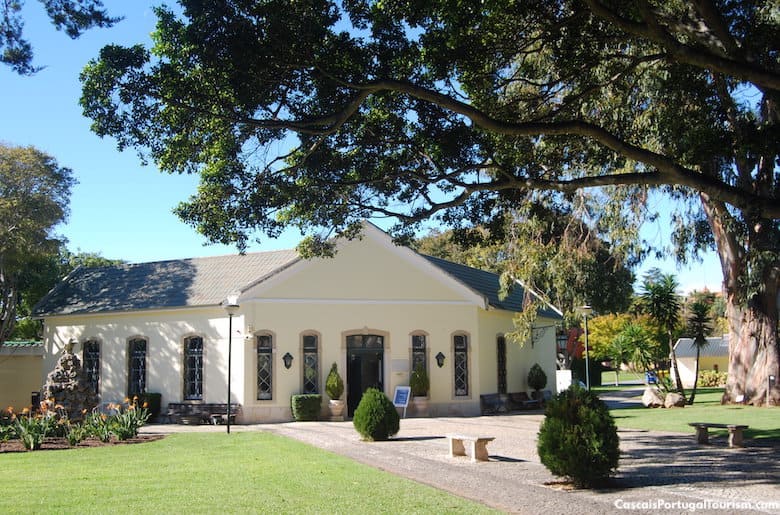
Those wanting to get a sense of what Cascais was like during its fishing village days, should visit this museum (the “Museum of the Sea”) dedicated to the town’s maritime history.
For more details, see the Museu do Mar guide.
Museu da Vila (Town Museum)
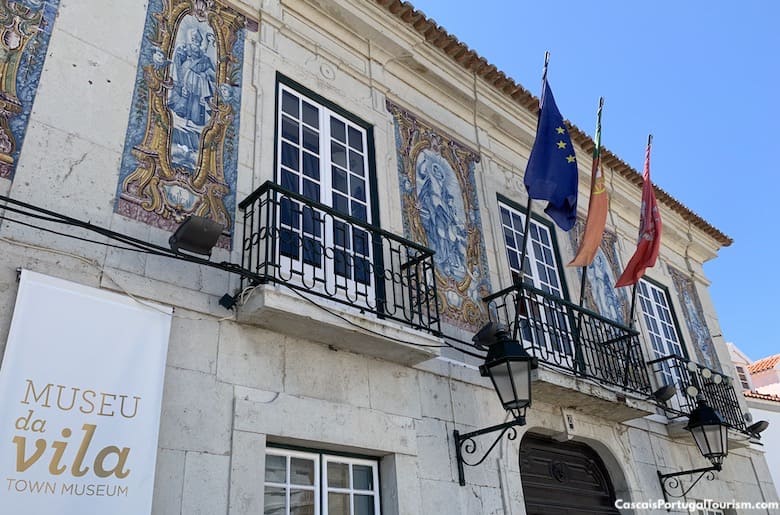
Housed in the tile-covered Town Hall, this small museum tells the story of Cascais, from prehistory to the 20th century. There are ancient artifacts, old photographs and videos, plus interactive displays explaining the evolution of the town over time, from quiet fishing village to the favorite resort of the upper classes.
See the Museu da Vila guide.
Casa Sommer
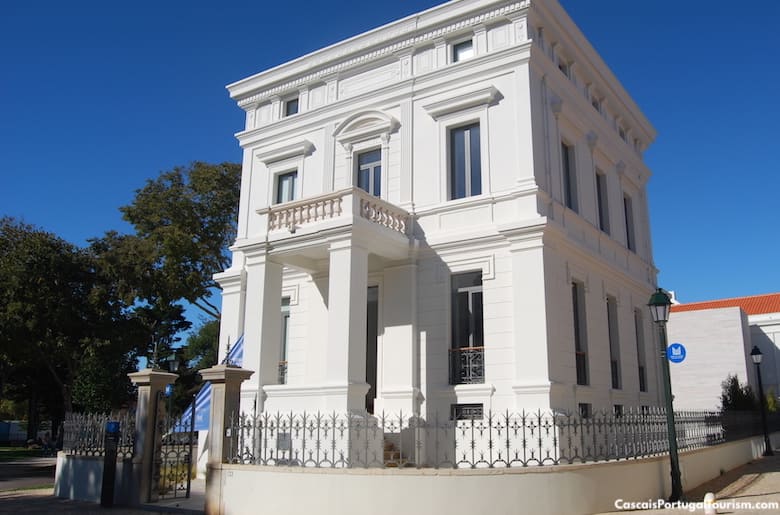
The 19th-century neoclassical mansion that once belonged to local millionaire Henrique Sommer was abandoned before a major renovation expanded it and turned it into a cultural space in 2016. It now houses Cascais’ historical archives (which date back to 1387), a public library, and a gallery. It hosts temporary exhibitions, which are usually free, mostly related to the history and culture of Cascais.
Avenida Vasco da Gama
Casa Duarte Pinto Coelho
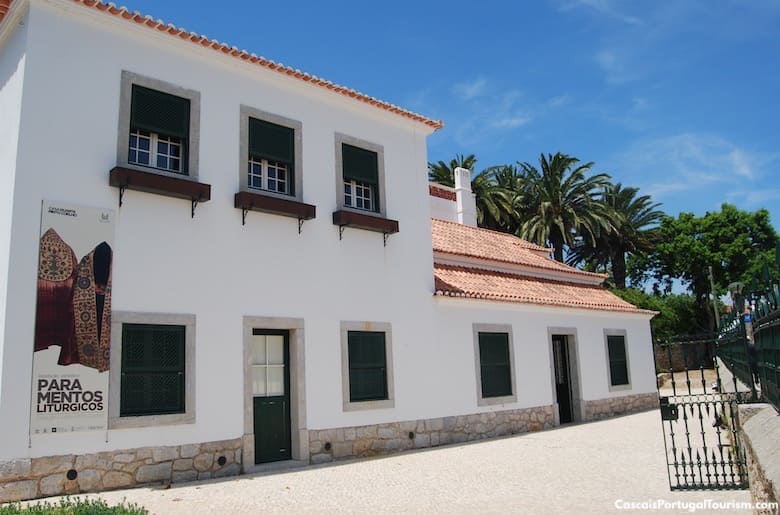
The former residence of the guards of the Condes de Castro Guimarães Palace next door now houses the noteworthy collection of Duarte Pinto Coelho, a prominent interior designer. It’s also the headquarters of a Spanish foundation, which owns part of the collection and promotes Hispanic culture in Portugal. Built in the early 1900s, the house followed the so-called “Portuguese style,” en vogue at the time. Coelho was born in Cascais, but lived in Paris and Madrid, where he socialized with personalities like Coco Chanel and Truman Capote. His eclectic collection is shown here in small thematic, temporary exhibitions.
Avenida Rei Humberto II de Itália
Centro Cultural de Cascais

It’s not a museum, it’s a cultural center, but it also hosts art exhibitions throughout the year. The pink building may look contemporary, but it’s actually a former convent that was renovated and modernized. It opened its doors to the public in 2000, to present cultural events. It’s also the stage for conferences and has a cafeteria with tables in an inner courtyard.
Avenida Rei Humberto II de Itália